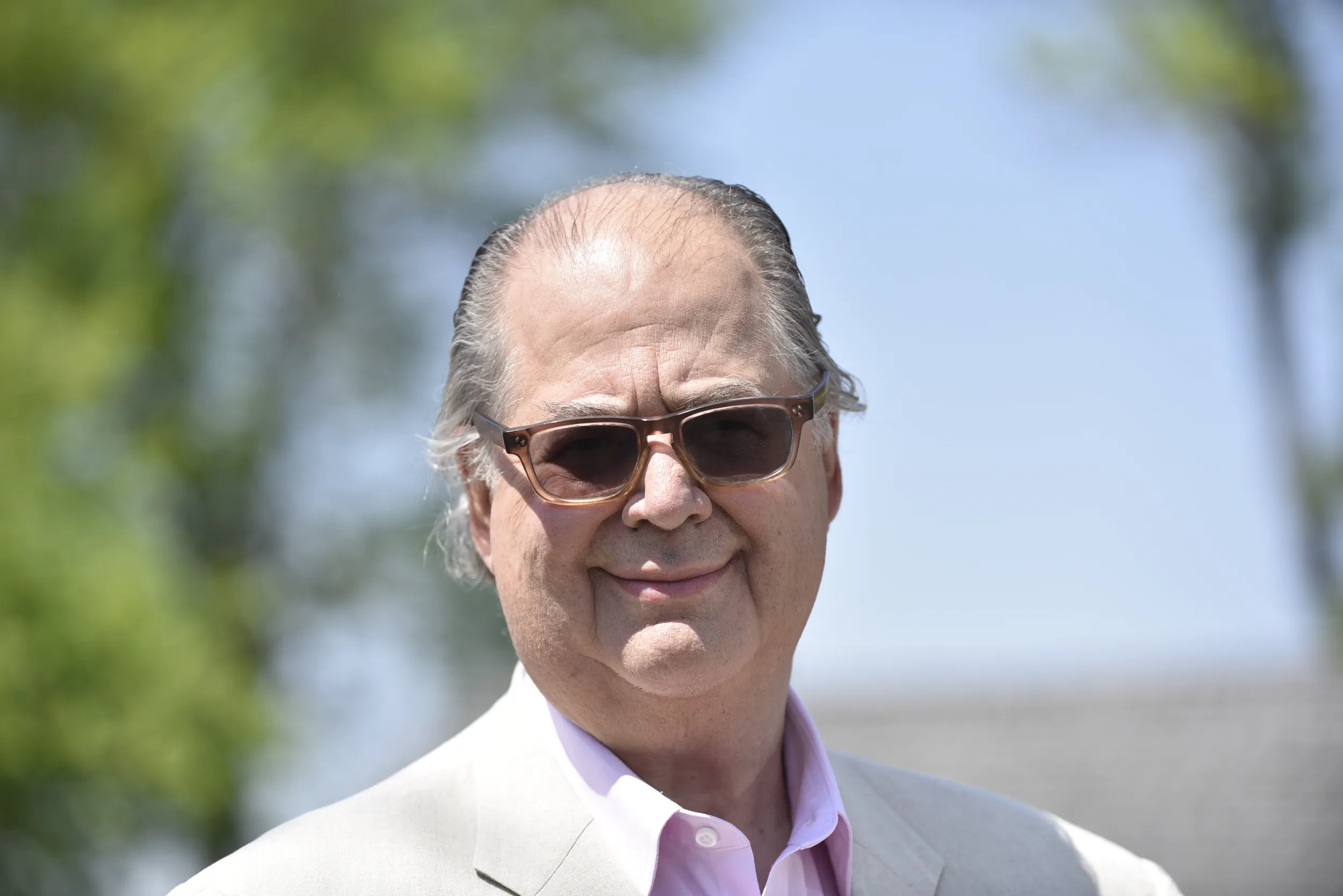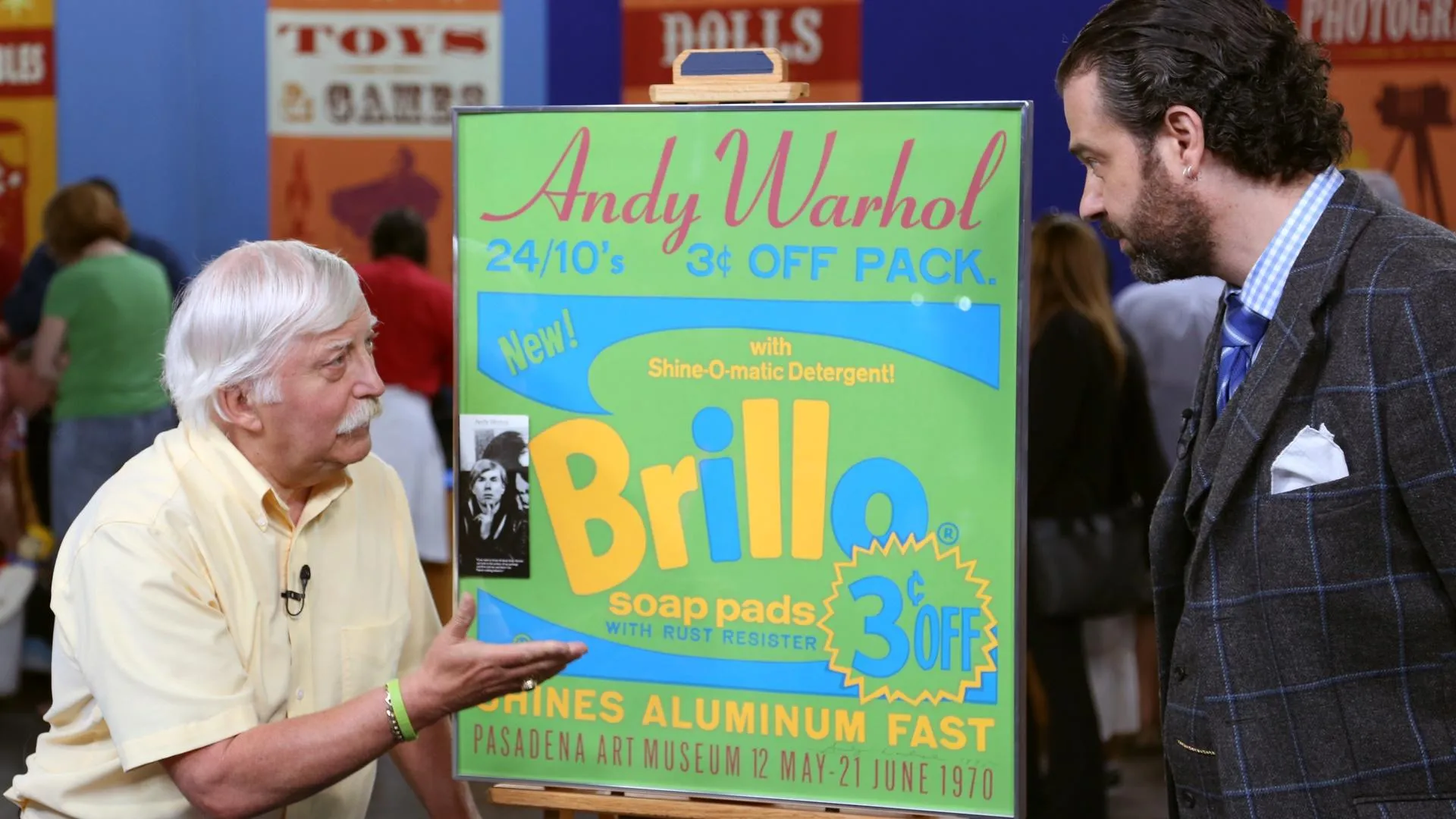GUEST: A friend of mine gave it to me. I had admired it. I think he bought it at an antiques show at some time, and I think he paid around a couple hundred, but I'm not sure.
APPRAISER: What a great friend! I have to get some friends like that. You know who the artist is. Who is she?
GUEST: I looked up on the Internet, and it's some woman artist.
APPRAISER: With a very complicated name.
GUEST: Right.
APPRAISER: Her name is Abastenia St. Leger Eberle.
GUEST: Eberle.
APPRAISER: She was born in the Midwest, but she worked in New York City. She was very, very accomplished early on when she came to New York, and she did some work with another prominent American sculptor named Anna Hyatt Huntington. She's particularly well known for a sculpture she did in 1913. There was a very famous exhibition in New York City called the Armory Show, and it was the first show in this country that showed contemporary European art, so all the famous artists came to this country and it sort of sparked the whole modern movement in America. And she showed a sculpture called "The White Slave," but it really had to do with prostitution, and it caused a tremendous controversy. And then from there, she specialized in doing sculptures relating to immigrants on the Lower East Side. She focused on everyday people, and that's what you have here: this wonderful group of a mother and child. And there's one particular part you like about this. What is it?
GUEST: The little teddy bear.
APPRAISER: The little figure right over there. It's beautifully sculpted, beautifully modeled. I want to show you the signature here. It's "A. St. L. Eberle." Abastenia St. Leger Eberle. And "19..." and that's probably the date, "1919." That the high point of her career, right in that time frame. Right below it is the foundry mark, the Zoppo Foundry in New York City. Her work is very, very rare. She didn't do many pieces, and because of health issues, she retired rather early. She started around 1906 and she probably went until the early '20s. She died in 1942. There could have been a number of them made; we don't know. At this time, the sculptor just made them as people asked for them. The condition on this is perfect. You have this wonderful patina. I would think in a retail setting, this piece is probably around $15,000.
GUEST: Whoa. (laughing) I didn't think it was worth that much!











